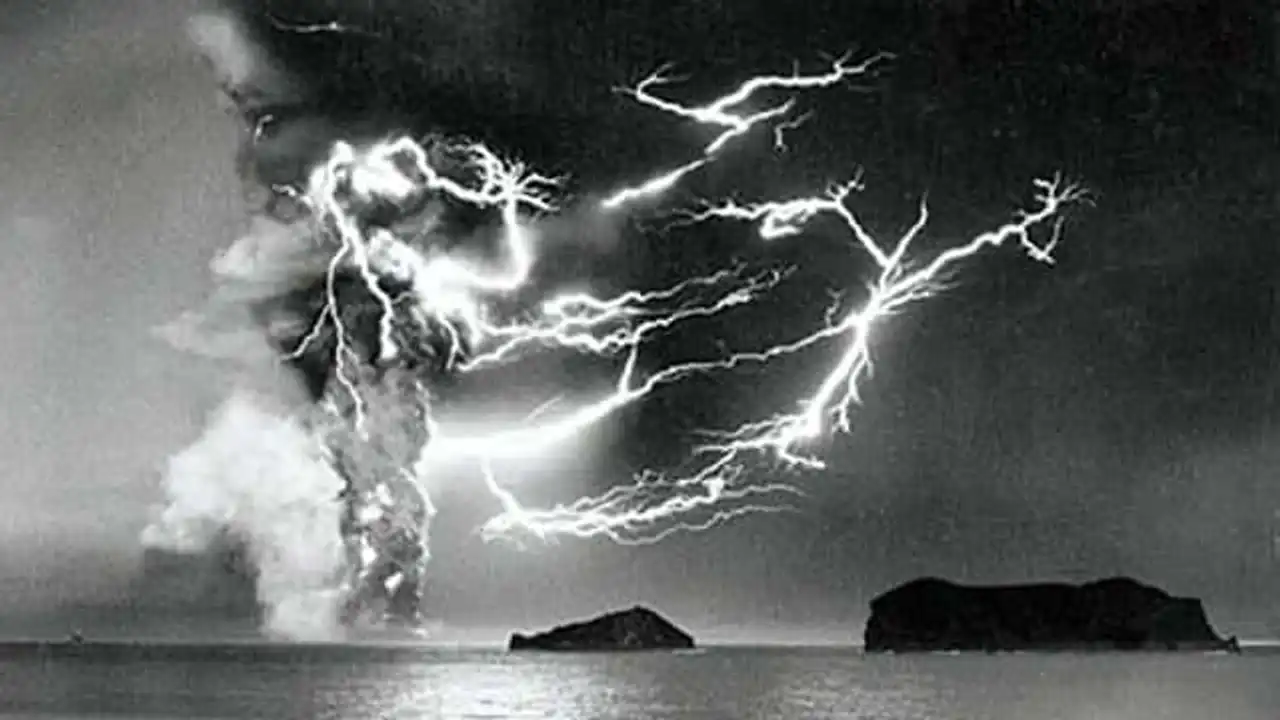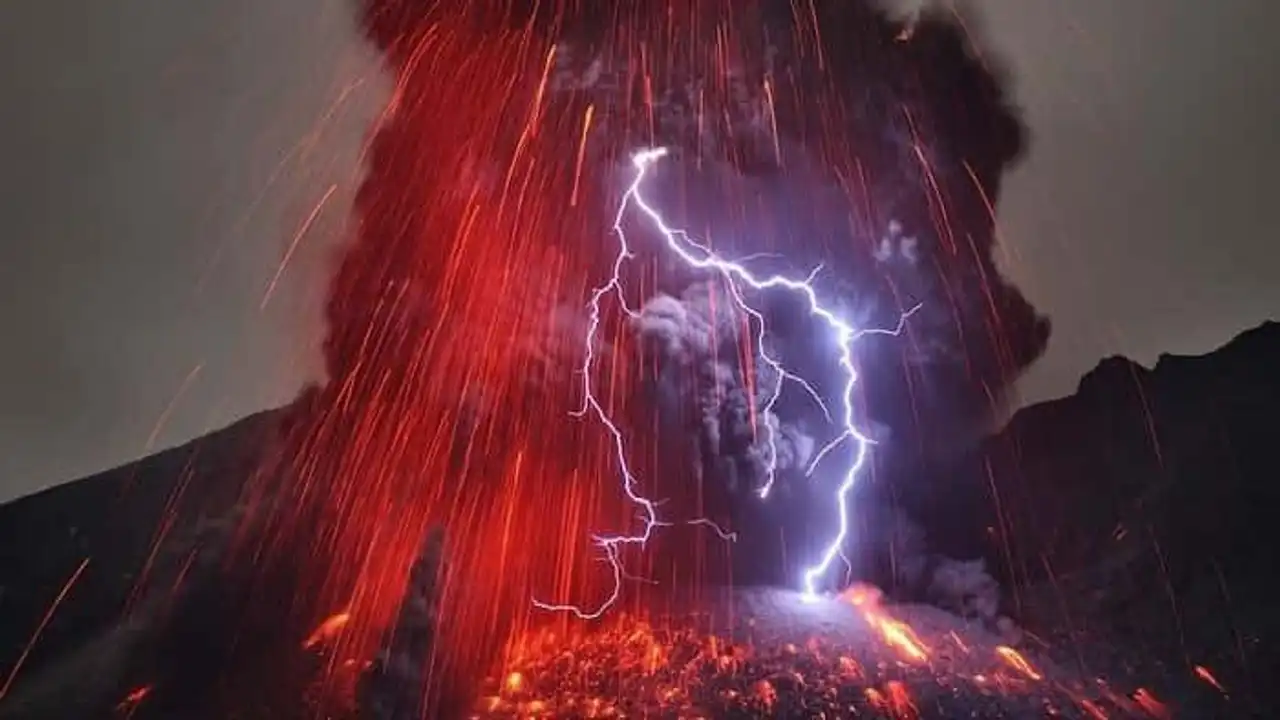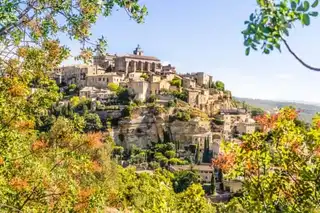Where do the flashes come from during a volcanic eruption? We explain what a famous "volcanic storm" is.
L’ Etna just broke in , and on the images captured by Sicilian photographer Marco Restivo, we can observe the appearance of lightning in the ashes cloud. We were able to observe this. strange natural phenomenon also during the eruption of the Calbulco volcano in Chile, earlier this year. This phenomenon is called « volcanic storm » . But how does it form and what is it really?
Few phenomena can compete with the raw beauty and the devastating power of a fury storm, except a particularly violent volcanic eruption. But when these two natural forces meet, the resultant show may be so sublime that it defies reason.
The above picture contains important information on the formation of a volcanic storm. She was taken by the German photographer Martin Rietze during a visit to the Sakurajima volcano in Japan in February 2013. Only the very large eruptions can generate large flashes like those seen in this photo.
Small eruptions tend to be accompanied by lesser thunderstorms, which can be difficult to spot through thick ash clouds. In addition, storm activity is higher in the early stages of an eruption, making it all the more difficult to capture in photo.

Photo credit: Discovery
Meeting of opposing charges
Studying volcanic storms is just as difficult. The first attempt at scientific observation was made during the eruption on the volcanic island Surtsey Iceland in 1963 (photo above). The results of the study were described later in a May 1965 issue of the review Science :
“The measurements of atmospheric electricity and visual and photographic observations suggest that electrical activity is caused by the ejection of the volcano in the atmosphere of materials carrying a significant positive load.”
Translation? The researchers have hypothesized that volcanic storm is the result of the encounter between the positive charge projected to the sky, and the opposite charge accumulated in the ground. When ash particles are ejected into the air, they travel quickly and percute in the passage. It is this “recipe”, these violent movements, which have the effect of charging particles electrically.
Few studies on the topic
More than 50 years have passed since the eruption of Surtsey volcano in November 1963. However, only a few studies have been able to make relevant observations about volcanic storms. One of the most important was published in 2007, after researchers used radio waves to detect a previously unknown type of lightning caused by the Augustine volcano crater in Alaska in 2006.
“During the eruption, large sparks come directly from the volcano’s mouth and go up inside the column that is expelled by it. The results of the studies showed that a few flashes went up, from the top of the volcano, towards the inside of the volcanic cloud that was being formed." , said co-author Ronald J. Thomas in an interview in 2007 at the National Geographic. “We’ve seen a lot of electrical activity during the eruption and even a few small flashes from the top of the volcano to the top of the cloud. This had not been noticed before. »
The observations suggest that the eruption produced a large amount of electric charge, which corroborates the hypothesis of 1963. But the newly identified lightning has generated an interesting enigma: where exactly do these charges come from? "We don't know if they're coming out of the volcano or if they're creating right after," explains Thomas. “One of the things we need to know is that which generates this load. »
Laboratory tests
Since volcanic storms were very rarely observed, due to the isolation of most volcanoes, a team from the Louis-et-Maximilien University of Munich recreated the phenomenon in the laboratory in 2013 and published its work in the magazine Geology . By projecting volcanic ashes using pressurized gas, they recreated a volcanic eruption. The researchers then found the appearance of small flashes.
Studying the phenomenon, they indicate that “The flashes are controlled by the dynamics of particle-loaded jets, and by the abundance of fine particles. The relative movement of charged particle clusters generates the electrical potential that is necessary for illumination. » This means that fine particles rub each other, checking the hypothesis that they generate their electric charge, then causing the flashes when propelled into the atmosphere.








Loading comments ...